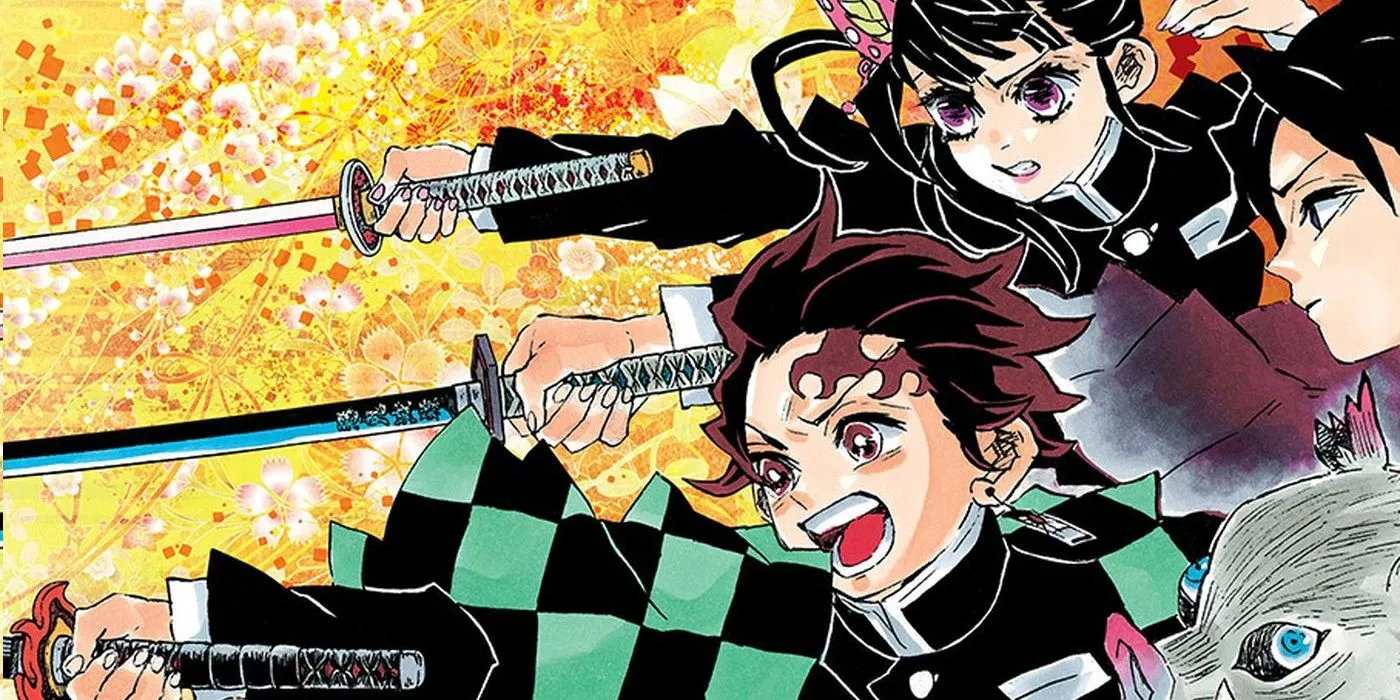
Demon Slayer has emerged as a global sensation in recent years, with its anime adaptation by Studio Ufotable being a significant driving force behind its success. Esteemed for its breathtaking animation quality, the franchise often encounters mixed critical responses. Some viewers argue that the striking visuals are the sole reason for its acclaim, overlooking other essential aspects of the series. A deeper look into the studio’s esteemed portfolio reveals that Demon Slayer’s popularity is multifaceted, reflecting its resonance with audiences beyond visual appeal.
Studio Ufotable has produced several acclaimed titles, including various entries in the Fate series. This reputation for high-quality production creates a stark contrast between different franchises, proving that Demon Slayer’s animation is just one part of a more intricate puzzle. It is essential to explore what makes this series stand out as one of the premier modern anime.
Why Demon Slayer’s Appeal Goes Beyond Animation
Demon Slayer’s Universal Themes and Characters

While Ufotable’s involvement undeniably boosted Demon Slayer’s visibility, a comparison with another Ufotable series, Fate/Stay Night: Unlimited Blade Works, highlights the differences in global acceptance and impact. Despite sharing meticulous animation and dynamic action sequences, the two series have achieved different levels of success. Notably, Fate/Zero, an older yet more acclaimed entry, is revered for its darker narrative, indicating that impressive animation alone does not secure a series’ long-term success.
Many visually arresting series, such as God of High School, Guilty Crown, and Takt OP Destiny, demonstrate that without solid character development and a cohesive storyline, stunning visuals may fade into obscurity. In contrast, Demon Slayer features complex characters that personify various forms of sibling bonds, complete with rich backstories and visually captivating designs that resonate deeply with viewers.
The anime’s universal narrative, focusing on two siblings battling a cruel fate, echoes the successful storytelling seen in classics like Fullmetal Alchemist. This simplicity makes Demon Slayer accessible to a broad audience, spanning young viewers and even those not typically engaged in anime. Conversely, the Fate series, which revolves around historical and mythical figures, may appeal to a more niche audience.
The Early Success of Demon Slayer’s Manga
The Role of the Source Material in Global Success

Before its anime adaptation, Demon Slayer had already made its mark in the Weekly Shōnen Jump magazine, beginning serialization in 2016. The manga gained notable popularity among its readership, with consistent sales growth, achieving nearly 150,000 copies sold by volume 14 within just four weeks. Following the anime’s debut, sales soared, particularly with volume 16 selling 225,000 copies in merely four days, establishing Demon Slayer as the best-selling manga of 2020.
However, a surge in sales following an adaptation is not guaranteed for all highly animated series. For instance, The Elusive Samurai, a Shōnen Jump title from the creator of Assassination Classroom, achieved high-quality animation but fell short in sales, with the latest volume selling only 34,674 copies, as noted by Oricon’s rankings.
A 2020 survey by Animate Times revealed that 80% of readers credited Demon Slayer’s captivating characters as its most appealing aspect, followed closely by the story—elements that undoubtedly fueled its ongoing popularity.
Demon Slayer’s High-Stakes Encounters and Their Unique Appeal
Key Elements Behind Demon Slayer’s Worldwide Acclaim

A critical aspect of Demon Slayer’s allure lies in its portrayal of a dark fantasy realm, where the harsh realities of life and death persist, leading to the demise of beloved characters. This refreshing change from the conventional narratives prevalent in many shōnen anime like Dragon Ball and One Piece mirrors the strategies employed by acclaimed series such as Attack on Titan and Code Geass.
I’m trying to portray the battle between Tanjiro and the demons realistically. Just because they’re strong doesn’t mean humans can keep winning. I’m trying to portray that worldview and the exchange of lives realistically. – Koyoharu Gotouge
Ultimately, numerous factors contribute to Demon Slayer’s status as one of the defining anime of the last decade. From the viral success of its opening theme, “Gurenge”by LiSA, to the captivating character designs, these elements, combined with a simple yet deeply engaging narrative, have ensured the series remains a hallmark of modern shōnen.
Sources: Oricon’s Ranking, Animate Times, Mantan Web.




Leave a Reply